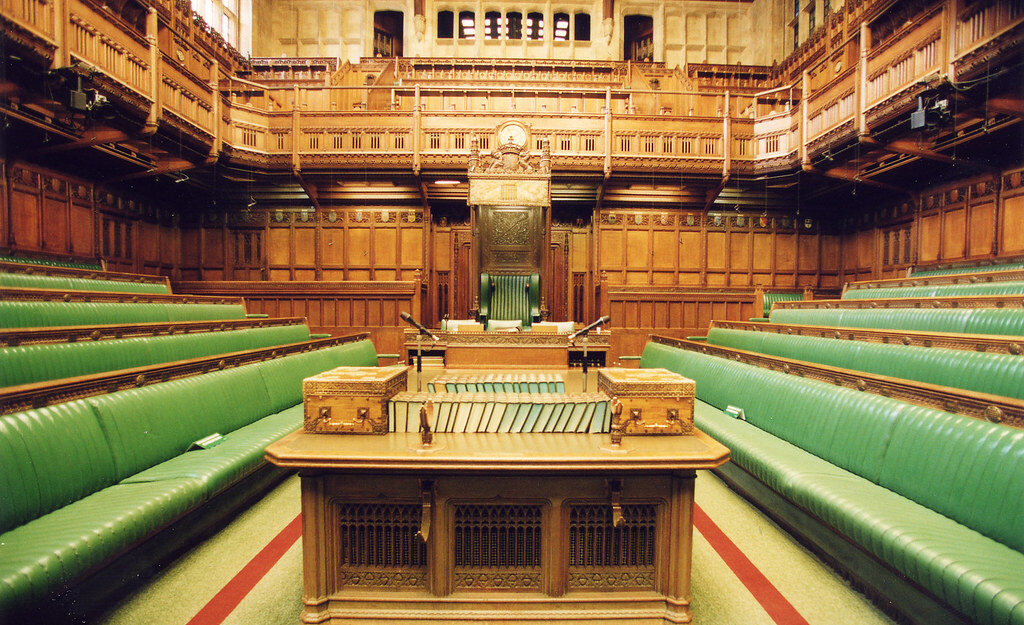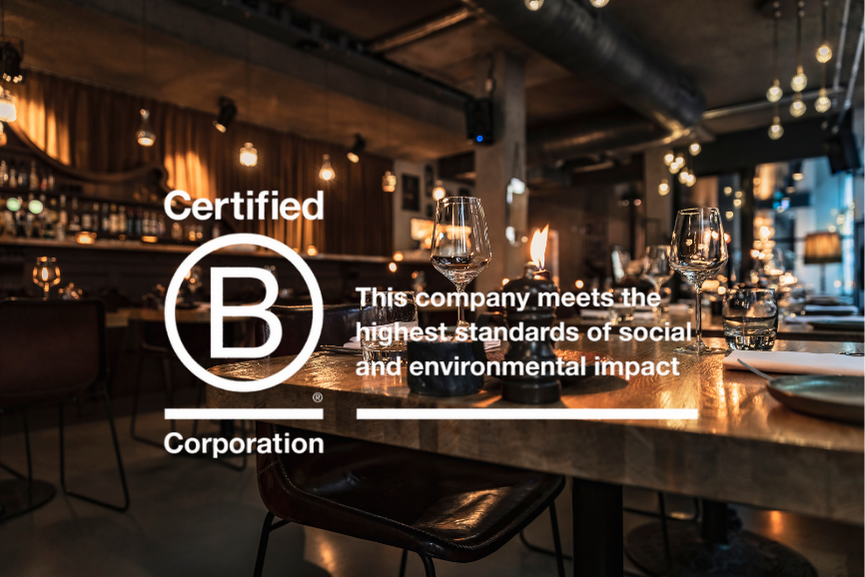
Social Value in Government Procurement: A Comprehensive Guide for Suppliers
Introduction
Social Value has become a cornerstone of public sector procurement, shaping how central government contracts are awarded and delivered. Understanding the Social Value Model—both its original form and the latest update—is crucial for suppliers aiming to secure government contracts. This guide walks you through the definition of Social Value, the evolution of the procurement model, actionable bidding strategies, and effective ways to measure and demonstrate your impact.
What is Social Value?
At its core, Social Value refers to the broader benefits that public sector procurement can deliver to society, beyond the immediate goods or services provided. It encompasses economic, social, and environmental improvements such as supporting local communities, promoting equality, and reducing carbon emissions.
The legislative foundation for Social Value in UK procurement comes from the Public Services (Social Value) Act 2012, which requires public authorities to consider how their procurement might improve social, economic, and environmental well-being. Subsequent policy notes, notably PPN 06/20 and its 2025 successor PPN 002, have clarified and strengthened these requirements.
Struggling with Social Value?
Download our ultimate Guide to Social Value and winning Public Sector bids.
The Social Value Model Explained
The Social Value Model is a framework used by central government to ensure that suppliers deliver additional social benefits through their contracts. It provides a structured approach for contracting authorities to evaluate supplier bids based on their commitments to Social Value, making it a formal part of the tendering process.
The Model sets out specific themes, policy outcomes, and metrics to guide both authorities and suppliers. Its aim is to make Social Value measurable, transparent, and consistent across government contracts.
Original Social Value Model: PPN 06/20
Introduced in January 2021, PPN 06/20 marked a significant shift in public procurement policy. It required all central government departments to include Social Value as a weighted evaluation criterion in tenders.
Themes and Outcomes:
-
COVID-19 Recovery
-
Tackling Economic Inequality
-
Fighting Climate Change
-
Equal Opportunity
-
Wellbeing
Each theme is supported by policy outcomes and specific metrics. For example, under Tackling Economic Inequality, suppliers might be asked to create jobs in deprived areas or support SME participation.
Practical Example: A construction supplier bidding for a government contract might commit to hiring apprentices from disadvantaged backgrounds and sourcing materials locally, demonstrating tangible Social Value.
Updated Social Value Model: PPN 002 (2025)
The 2025 update, PPN 002, builds on the original Social Value Model, reflecting evolving government priorities and feedback from suppliers and contracting authorities.
New Structure: The updated model introduces five key missions:
-
Kick-start economic growth
-
Make Britain a clean energy superpower
-
Break down barriers to opportunity
-
Build an NHS fit for the future
-
Take back our streets
Policy Outcomes and Changes:
-
Greater focus on measurable, long-term impact
-
Enhanced guidance for consistent evaluation
-
Streamlined metrics to reduce complexity
-
Clearer links to cross-government priorities such as net zero and social mobility
Example: The Levelling Up and Place mission encourages suppliers to invest in local infrastructure and support community organisations, while the Climate and Environment mission places stronger emphasis on carbon reduction and biodiversity.
Comparing the Models: Key Differences and What Suppliers Need to Know
The transition from PPN 06/20 to PPN 002 represents a move towards more targeted missions and simplified measurement. Key differences include:
-
Structure: Missions in PPN 002 replace the themes in PPN 06/20, offering clearer direction for suppliers.
-
Evaluation: Updated metrics prioritise outcomes that can be tracked and reported over time.
-
Scope: The new model aligns more closely with national strategies, such as net zero and levelling up.
Suppliers should note that there is a transition period during which both models may be referenced in tenders. Staying informed about which policy note applies to each opportunity is vital for compliance and competitiveness.
How to Win Work Under the Social Value Model
Success in government procurement now depends on demonstrating genuine Social Value. Here are actionable tips for suppliers:
-
Understand the Requirements: Review the tender documents to identify which Social Value model and missions/outcomes are being assessed.
-
Align Your Proposal: Shape your Social Value commitments to match the priorities outlined in the relevant policy note.
-
Be Specific: Provide clear, measurable commitments (e.g., number of apprenticeships, tonnes of CO2 saved, hours of volunteering).
-
Demonstrate Impact: Use data and case studies to evidence past success and show how you will deliver Social Value in practice.
-
Engage Stakeholders: Partner with local organisations, charities, and SMEs to strengthen your delivery and enhance community impact.
-
Monitor and Report: Put systems in place to track progress and report outcomes to contracting authorities.
Above all, ensure your commitments are realistic and achievable, as contracting authorities will monitor delivery post-award.
Do you need support with the Social Value elements of a proposal?
Our team of experts are here to help.
.webp?width=440&height=443&name=Grace%20Manson%20%20(1).webp)
Measuring Social Value: The Social Value TOM System™
Measuring Social Value is essential for both bidding and ongoing contract management. The Social Value TOM System™ (Themes, Outcomes, Measures) offers a recognised framework for quantifying and reporting Social Value.
How the TOM System™ Works:
-
Themes: Broad categories reflecting strategic priorities (e.g., environment, community).
-
Outcomes: Desired results, such as increased employment or reduced emissions.
-
Measures: Specific, quantifiable indicators (e.g., number of jobs created, percentage of contracts awarded to SMEs).
Suppliers can use the TOM System™ to set targets, track delivery, and evidence their impact to contracting authorities. Many tender documents now require suppliers to use the TOM System™ or a similar framework when making Social Value commitments.
Conclusion
Social Value is now at the heart of government procurement, and suppliers who understand and embrace the evolving model stand to gain a competitive advantage. By learning the differences between PPN 06/20 and PPN 002, aligning your bids with the missions and outcomes, and measuring your impact using frameworks like the TOM System™, you’ll be well-placed to win work and deliver meaningful change.
For further guidance, review the latest Cabinet Office policy notes, explore resources from the Social Value Portal, and stay up to date with best practice through industry networks and training events.

.png)
.png)